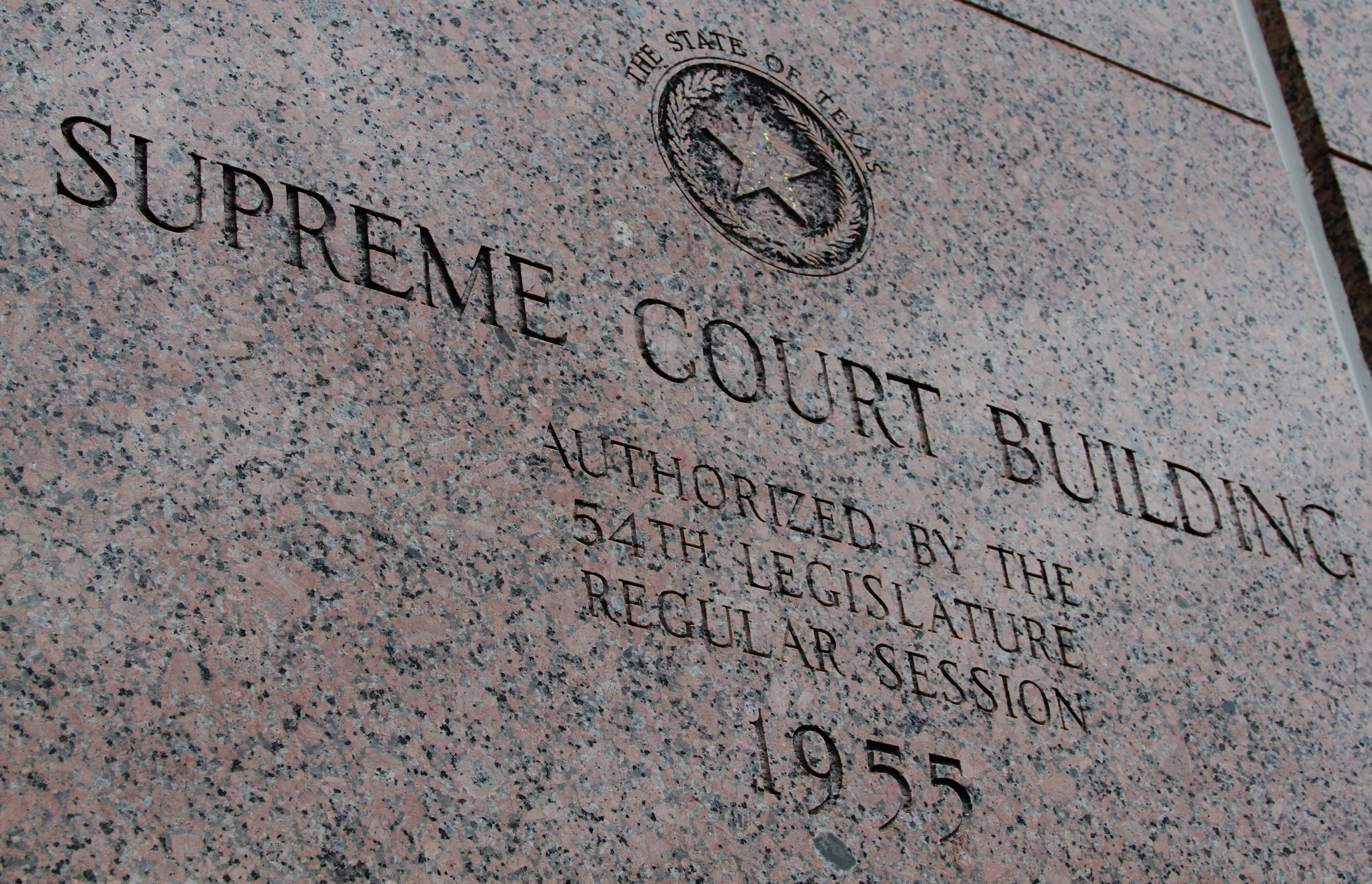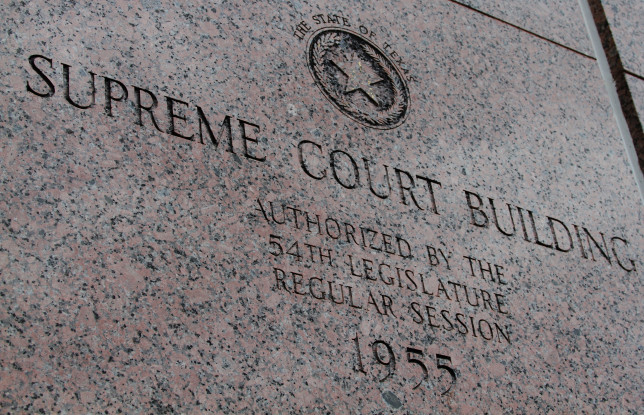Gharda USA, Inc. v. Control Solutions, Inc.
No. 12-987
Case Summary written by Aaron Powell, Staff Member.
JUSTICE GREEN delivered the opinion of the Court.
This case centered on a defendant’s legal sufficiency challenge of the evidence based on the alleged unreliability of expert testimony. The issue was “whether interdependent opinion testimony from a series of four experts was reliable.” The unanimous Court held that while under proper circumstances one expert may rely on the testimony of a second expert, in this case “the testimony of all four experts [was] unreliable because the individual opinion testimony of at least two experts was unreliable and the remaining two experts based their opinions on the first two experts’ unreliable opinions.” Accordingly, there was no reliable expert testimony—an essential element of the plaintiffs’ case. Because the rules of evidence required expert testimony to support the verdict in this highly technical case, the Court affirmed the trial court order that the plaintiffs take nothing.
The dispute arose out of a warehouse fire at a facility leased by Control Solutions, a pesticide manufacturer. As a part of the pesticide manufacturing process, drums of a key ingredient known as chlorpyrifos were heated in an oven known as the “hot box.” On the morning of March 9, 2004, a Control Solutions employee heard a loud boom followed by the fire alarm. The ensuing conflagration destroyed a large portion of the warehouse.
Based on burn patterns, two fire origin investigators, Russo and Rice, testified that the fire began in the hot box, but they identified neither the chemical source of the fire nor the source of ignition. They based their conclusions on the theories of two chemists, Armstrong and Cheremisinoff. These chemists concluded that, after test results confirming the existence of EDC (a contaminant) in some of the barrels, the EDC could have caused the fire. However, Armstrong only assumed that a sufficient amount of EDC existed in the drums to cause the fire, and he did not test or research this assumption. Similarly, Cheremisinoff simply assumed that sufficient levels of EDC existed to cause an explosion, and he even admitted that there was no evidence to support that conclusion. He also speculated that Gharda’s manufacturing process might have resulted in the requisite levels of EDC, but he admitted that he was unable to test the EDC levels in the hot box.
After the jury returned an $8,370,000 verdict in favor of the plaintiff Control Solutions, the trial court granted JNOV to Gharda, the chlorpyrifos manufacturer, concluding that the experts’ testimony was unreliable and sustaining a no-evidence challenge. The court of appeals reversed, and Gharda petitioned the Court.
The Court noted that “no evidence exists when there is a complete absence of evidence of a vital fact” or when “the court is barred by rules of law or of evidence from giving weight to the only evidence offered to prove a vital fact.” The Court explained also that in highly technical cases of this nature, “[e]xpert testimony is required when an issue involves matters beyond jurors’ common understanding.” Expert testimony is unreliable “if there is too great an analytical gap between the data on which the expert relies and the opinion offered.” Further, “a claim will not stand or fall on the mere ipse dixit [(i.e. conclusory assertion)] of a credentialed witness.” Finally, the Court explained that expert testimony must deal in probability, not mere possibility.
Here, Cheremisinoff ultimately concluded that it was only possible that the requisite levels of EDC existed in the drums. His critique of Gharda’s manufacturing process merely set out circumstances that were consistent with his overall conclusion. Essentially, Cheremisinoff was assuming the very issue Control Solutions tasked him with accomplishing: determining whether EDC caused the fire.
Armstrong’s testimony suffered from the same defects. He never sought to quantify the levels of EDC present in the drums, much less determine whether sufficient levels to start a fire existed. The Court concluded that “Armstrong’s testimony is a bare opinion that is connected to existing data only by the ipse dixit of the expert.”
Because Russo and Rice both relied on Armstrong and Cheremisinoff to complete their factual accounts of the fire, and because Armstrong and Cheremisinoff’s testimony ultimately proved unreliable, the Court concluded that no reliable expert testimony existed as to the cause of the fire. The Court reiterated the requirement in highly technical cases that the verdict find a basis in expert testimony. Accordingly, the trial court did not err by ordering the plaintiff Control Solutions to take nothing.


